Panchsagar Shaktipeeth Uttarakhand
Panchsagar Shaktipeeth, Uttarakhand is one of 51 Shakti peeths in India. The temple is in Varanasi, Uttar Pradesh, near Manmandir Ghat. Panch Sagar Temple is dedicated to Mother Varahi. The word vaarahi means “power” in Hindu mythology. On the one hand, it is thought that the word was inspired by Lord Vishnu’s Vrahavatara. Shakti is worshipped as ‘Varaahi’ in this temple, and Shiva is worshipped as ‘Maharudra’. Maharadra is the angry manifestation.
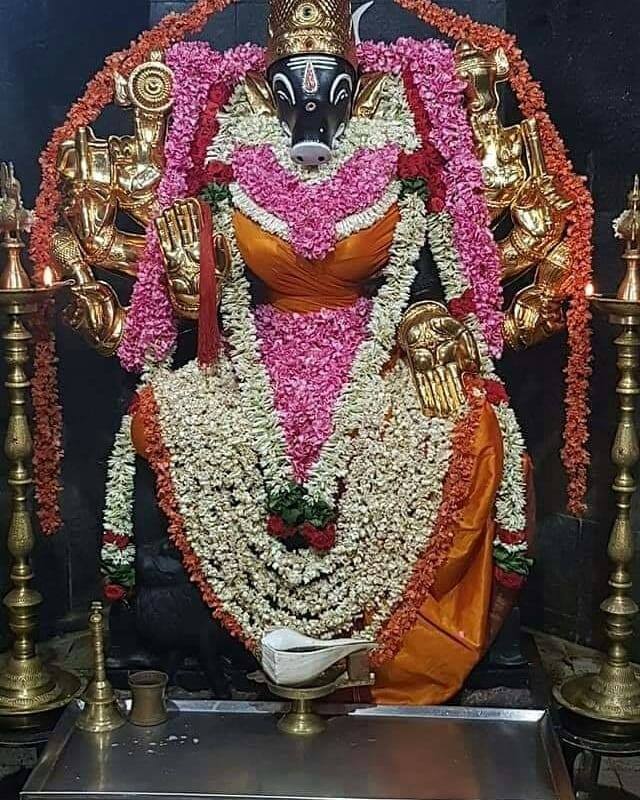
According to the Hindu religion’s Puranas, Shaktipeeths appeared wherever Sati’s body parts, worn clothing, or jewels fell. This is known as a particularly holy pilgrimage site. These pilgrimage sites can be found all over the Indian subcontinent. Devipuran has a detailed description of the 51 Shaktipeeths.
The temple’s architecture is lovely; the stone used in its building is quite unique; this stone glows in the sunlight. The temple’s notable feature is that it only opens for two hours in the morning. The temple is closed for the entire day. Varanasi is said to be protected by the goddess
during the night.
All holidays are observed at Punch Sagar Shaktipeeth, and special poojas are held during Shivratri, Durga Puja, and Navaratri. During the event, the temple is festooned with flowers and lights. The spiritual atmosphere of the temple brings tranquilly to the devotees’ hearts and minds.
Devotees worship the Goddess as the bestower of boons and the slayer of adversaries. She is also a focus of Tantric worship, with individuals praying to her for a long and wealthy life.
The Matrika Goddesses appear as shaktis from the bodies of the Gods, as recounted in Devi Mahatmya in the setting of the Shumbha-Nishumbha Vadh from the Markandeya Purana religious literature. According to the scriptures, Varahi was produced from Varaha. She takes on the guise of a pig, holds a chakra (discus), and battles with a sword. The Matrikas danced and
drank on the blood of their victims after the combat recorded in the Purana.
Read More >> Vibhash Shakti Peeth | Kapalini (Bhimarupa) Shaktipeeth
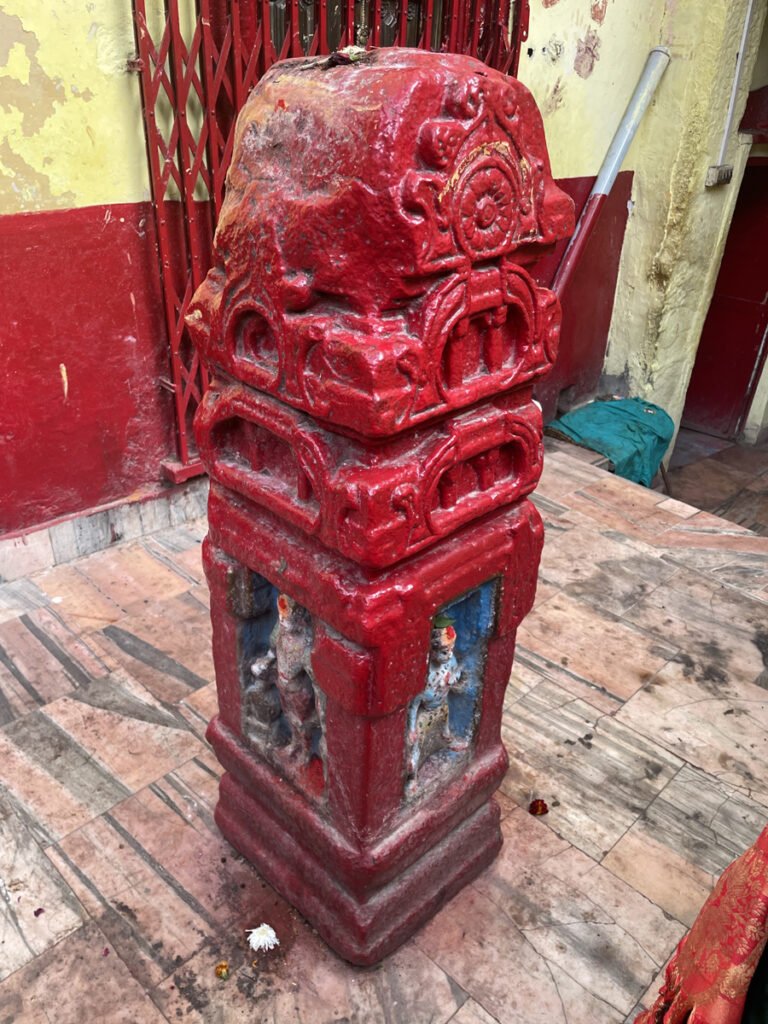
According to a later story of the Devi Mahatmya dealing with the destruction of the demon Raktabija, the Mother Goddess Durga produces the Matrikas from herself and slaughters the demon army with their assistance. Durga absorbs the Matrikas as the demon Shumbha challenges her to single combat. In the Vamana Purana, the Matrikas emerge from various parts of the Divine Mother Chandika, whereas Varahi emerges from her back.
In a hymn where the Matrikas are named the protectors of the directions, the Markendeya Purana hails Varahi as a granter of boons and the regent of the northern direction. In another passage from the same Purana, she is depicted riding a buffalo. According to the Devi Bhagavata Purana, the Supreme Mother created Maa Varahi and the other Matrikas. The Mother assures
the gods that the Matrikas will combat demons if necessary. Varahi is portrayed as having a boar shape, fighting demons with her tusks while sat on a preta (corpse) in the Raktabija episode.
The story of Raktabija is recounted in the Varaha Purana, but each of the Matrikas appears from the body of another Matrika. Varahi appears from the posterior of Vaishnavi, Lord Vishnu’s Shakti, seated atop Shesha-Naga (the serpent on which the god Vishnu sleeps). In the same Purana, Varahi is supposed to embody the evil of envy (asuya).
The Matsya Purana gives a different narrative about Varahi’s origin. Shiva creates Varahi and other Matrikas to aid him in the defeat of the demon Andhakasura, who, like Raktabija, has the capacity to regenerate from his flowing blood.
Read More >> Subramanya Swamy Temple at Tiruttani
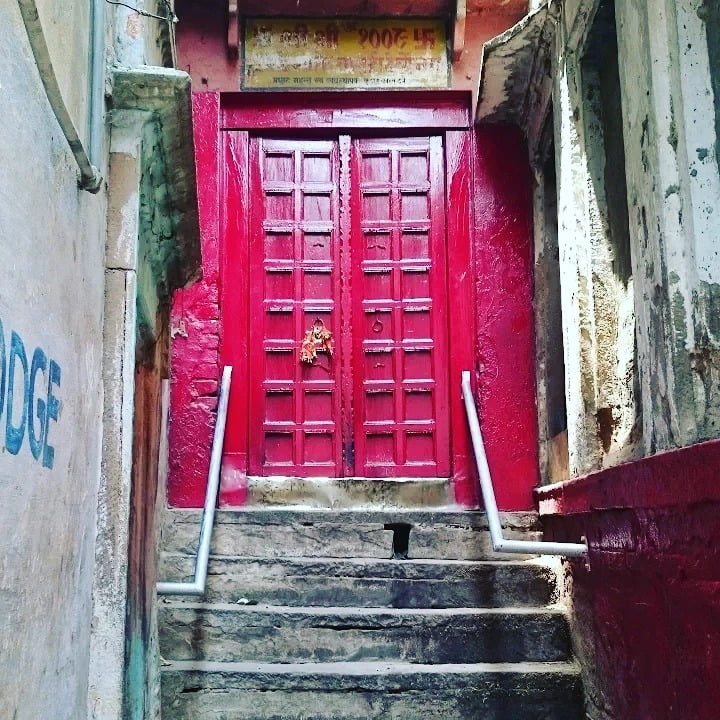
Contents
- 1 Places to visit near Panchsagar Shaktipeeth:
- 2 FAQ:
- 2.0.1 What is Panchsagar Shaktipeeth?
- 2.0.2 What is the history of Panchsagar Shaktipeeth?
- 2.0.3 What is the significance of Panchsagar Shaktipeeth?
- 2.0.4 What are the rituals performed at Panchsagar Shaktipeeth?
- 2.0.5 What are the timings and entry fees for Panchsagar Shakti Peeth?
- 2.0.6 Which Shaktipeeth is the most powerful?
- 2.0.7 Is Panchsagar Shakti Peeth more powerful than Kamakhya Shakti Peeth?
- 2.0.8 What are the benefits of visiting Panchsagar Shakti Peeth?
- 3 How to reach Panchsagar Shakti Peeth:
- 4 Google Maps:
Places to visit near Panchsagar Shaktipeeth:
Varanasi: Varanasi is one of the oldest living cities in the world, and is considered to be the holiest city in Hinduism. It is located on the banks of the Ganges River, and is home to many temples, ghats (steps leading down to the river), and other religious sites. Some of the most popular places to visit in Varanasi include the Kashi Vishwanath Temple, the Dashashwamedh Ghat, and the Manikarnika Ghat.
Sarnath: Sarnath is a Buddhist pilgrimage site located about 10 km from Varanasi. It is the place where Gautama Buddha is said to have given his first sermon after attaining enlightenment. Some of the most popular places to visit in Sarnath include the Dhamek Stupa, the Chaukhandi Stupa, and the Mulagandhakuti Vihara.
Ramnagar Fort: Ramnagar Fort is a Mughal-era fort located on the opposite bank of the Ganges River from Varanasi. It was built in the 17th century by Maharaja Balwant Singh, and was used as the royal residence of the Kashi Naresh (King of Kashi) until the early 20th century. Some of the most popular places to visit in Ramnagar Fort include the Raja Darbar Hall, the Sheesh Mahal (Palace of Mirrors), and the Tulsi Manas Temple.
Chaukhandi Stupa: Chaukhandi Stupa is a 5th-century Buddhist stupa located in Sarnath. It is one of the oldest surviving Buddhist stupas in India, and is believed to have been built over the ashes of two of Buddha’s disciples.
Mulagandhakuti Vihara: Mulagandhakuti Vihara is a 5th-century Buddhist monastery located in Sarnath. It is believed to be the place where Buddha gave his first sermon after attaining enlightenment.
Read More >> Sri Siddhi Vinayaka Temple Secunderabad – Temple of Miracles
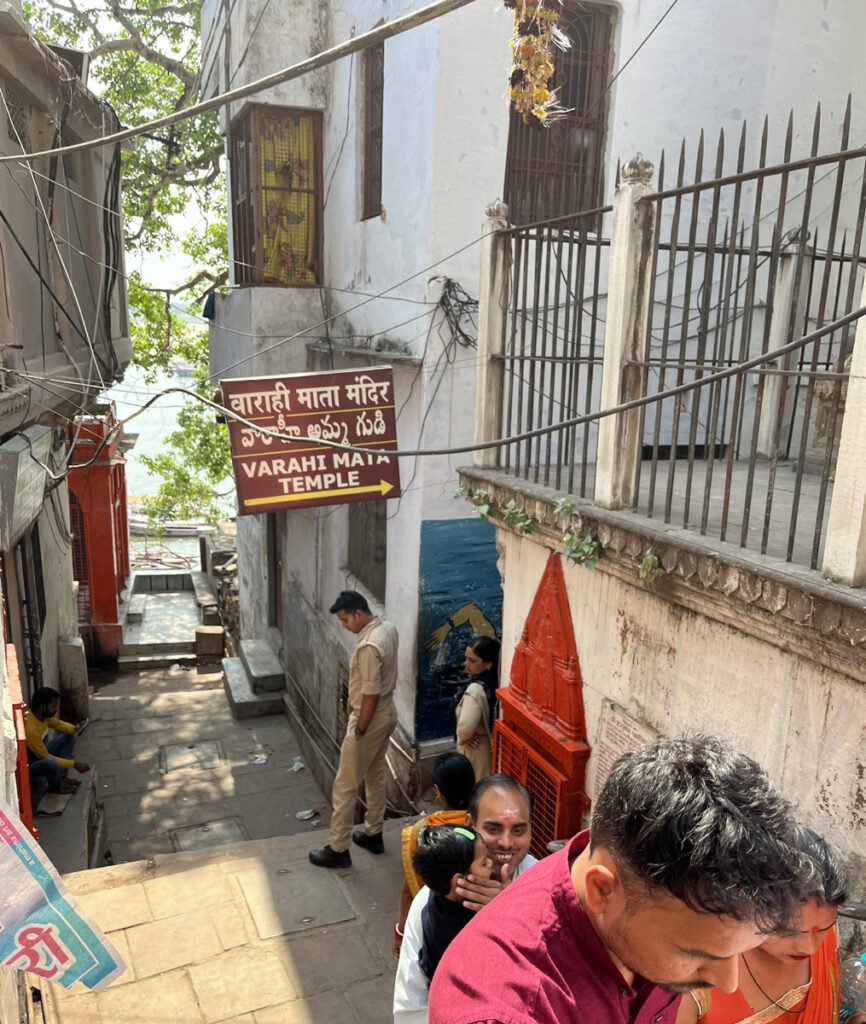
FAQ:
What is Panchsagar Shaktipeeth?
Panchasagar Shaktipeeth is one of the 51 Shakti Peethas, sacred sites in Hinduism dedicated to the mother goddess Shakti. It is located in the town of Panchsagar, Uttar Pradesh, India. The temple is dedicated to the goddess Varahi, the boar-headed incarnation of Shakti.
What is the history of Panchsagar Shaktipeeth?
According to legend, the lower teeth of Sati, the consort of Shiva, fell at this spot when her body was dismembered by the gods. Shiva, in his grief, carried her body around the world, and the places where her body parts fell became Shakti Peethas.
What is the significance of Panchsagar Shaktipeeth?
Panchasagar Shaktipeeth is a popular pilgrimage destination for Hindus. It is believed to be a place of great power and is said to grant wishes to those who worship here with devotion.
What are the rituals performed at Panchsagar Shaktipeeth?
The main ritual performed at Panchsagar Shaktipeeth is the Abhisheka, or bathing of the deity. Devotees also offer prayers, flowers, and other offerings to the goddess.
What are the timings and entry fees for Panchsagar Shakti Peeth?
The temple is open from 4:00 AM to 10:00 PM. The entry fee for adults is ₹100 and ₹50 for children.
Which Shaktipeeth is the most powerful?
There is no definitive answer to this question, as each Shaktipeeth is said to have its own unique power. However, some of the most popular and revered Shaktipeeths include Kamakhya in Assam, Gaya in Bihar, and Ujjain in Madhya Pradesh.
Is Panchsagar Shakti Peeth more powerful than Kamakhya Shakti Peeth?
This is a matter of opinion. Some people believe that Panchsagar Shaktipeeth is more powerful because it is associated with the goddess Varahi, who is a fierce and powerful incarnation of Shakti. Others believe that Kamakhya Shakti Peeth is more powerful because it is associated with the goddess Kamakhya, who is the embodiment of Shakti’s creative power.
What are the benefits of visiting Panchsagar Shakti Peeth?
It is believed that visiting Panchsagar Shaktipeeth can bring a variety of benefits, including:
- Spiritual enlightenment
- Increased prosperity
- Good health
- Protection from evil
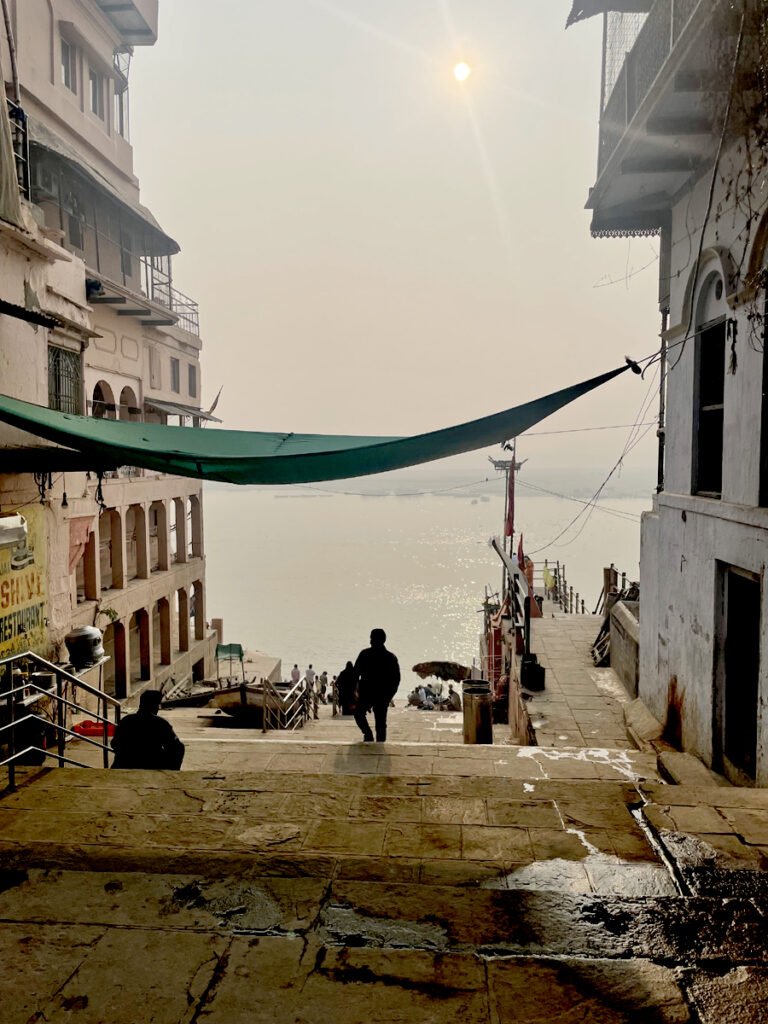
How to reach Panchsagar Shakti Peeth:
By Air: The nearest airport to Panch Sagar Shakti Peeth is Lal Bahadur Shastri International Airport (VNS) in Varanasi, which is about 20 kilometers away. You can take a taxi or auto-rickshaw from the airport to the temple.
By Train: Varanasi Junction railway station (BSB) is the nearest railway station to Panch Sagar Shaktipeeth, which is about 5 kilometers away. You can take a taxi or auto-rickshaw from the railway station to the temple.
By Bus: There are regular bus services to Varanasi from major cities in India. Once you reach Varanasi, you can take a taxi or auto-rickshaw to Panch Sagar Shaktipeeth.
Once you reach Varanasi, you can take the following steps to reach Panch Sagar Shaktipeeth:
- Take a taxi or auto-rickshaw from the airport/railway station/bus stand to Manikarnika Ghat.
- Take a boat from Manikarnika Ghat to Panch Sagar Ghat.
- The temple is located a short walk from Panch Sagar Ghat.
Please note that the temple is only open for two hours in the morning, from 5:00 AM to 7:00 AM. It is recommended to visit the temple early to avoid the crowds.
